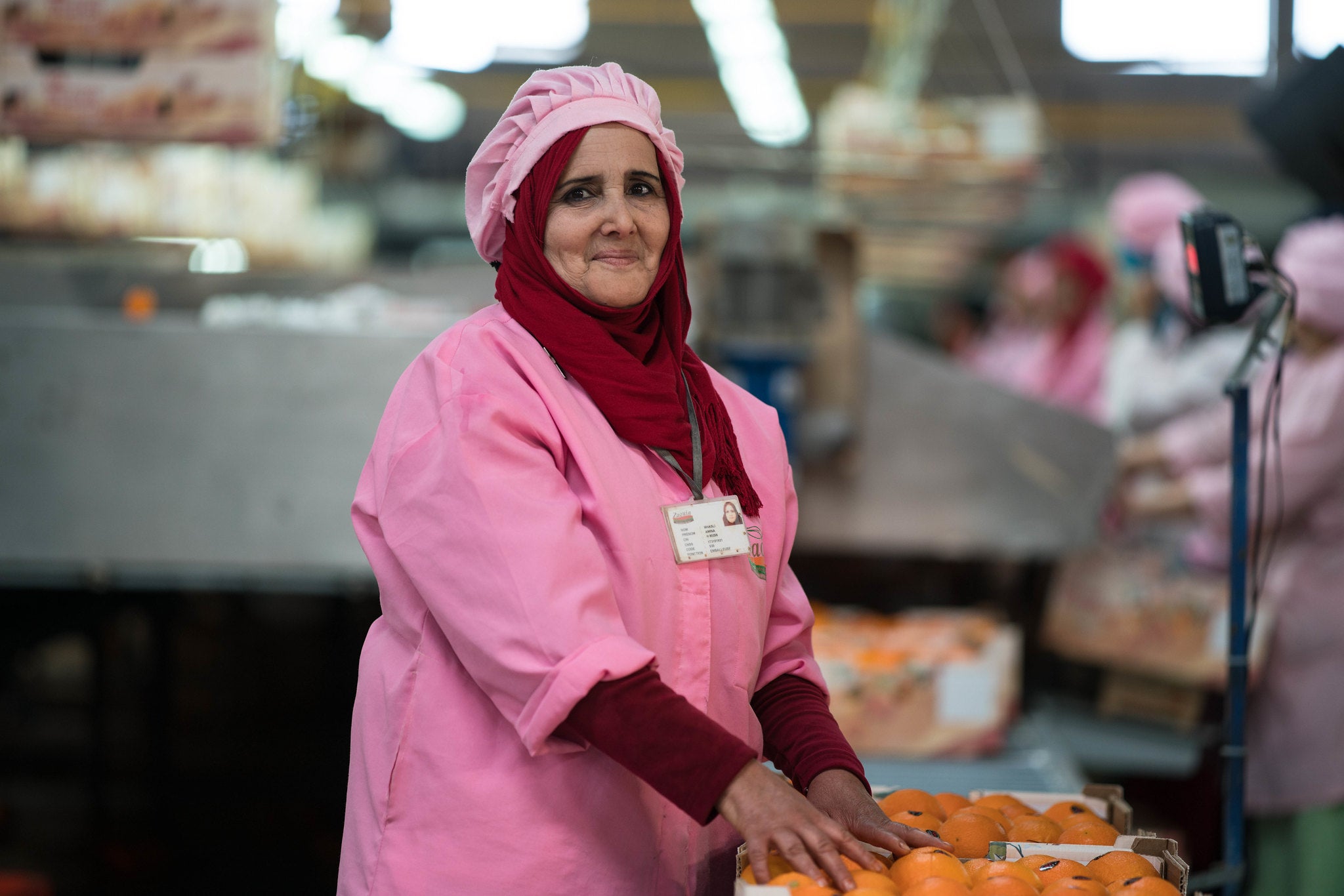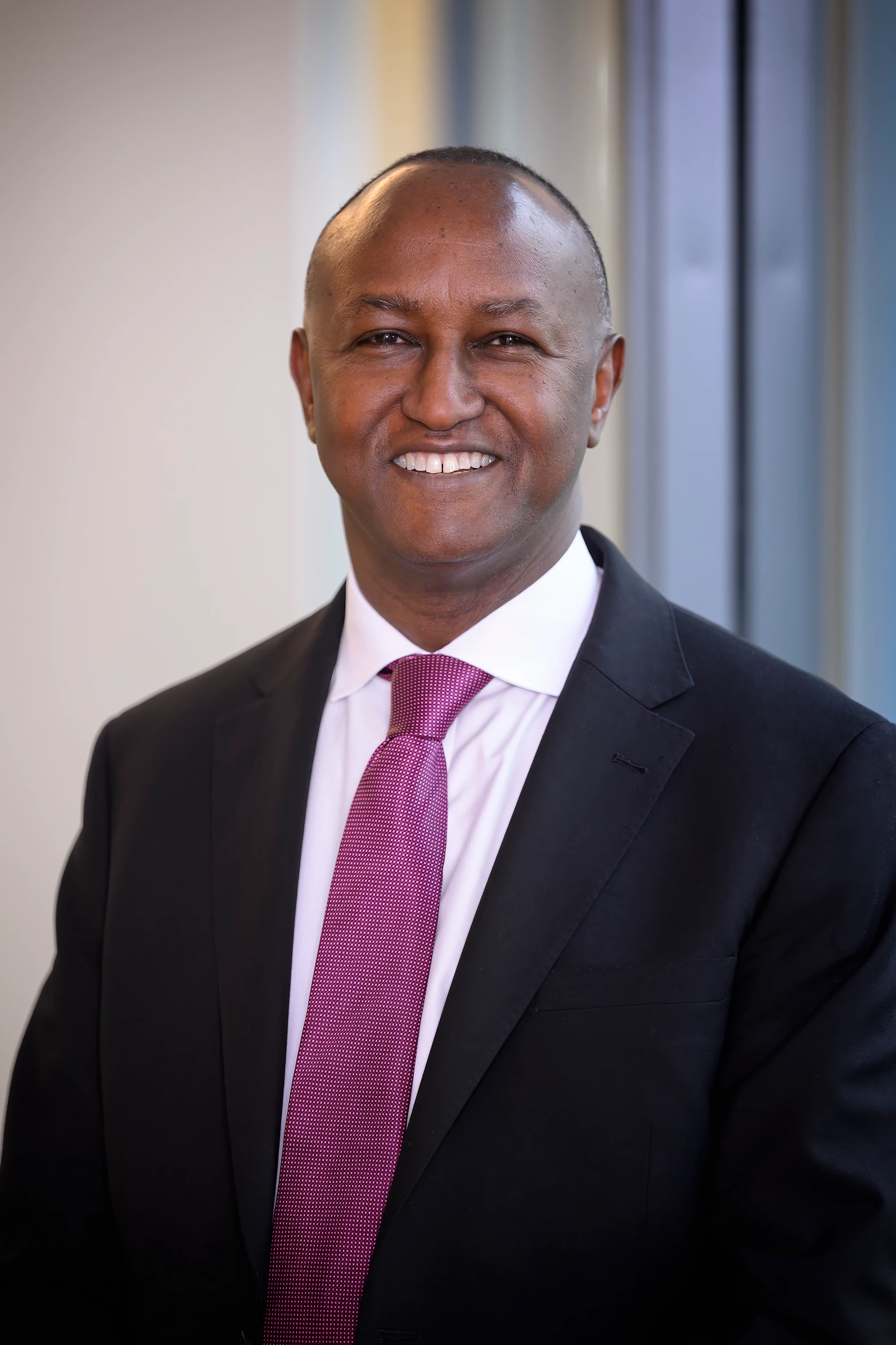It’s critical for global development to close the gender equality gap. Governments, multilateral organizations, and companies must actively consider how women and girls directly or indirectly benefit from programs and projects—or how they can be adversely impacted—if the world is to fully achieve the development goals we have set for ourselves. This will take policies and persistence. But it will also require sharing knowledge, experience, and tools to ensure gender considerations are imbedded in projects and policies.
Here at IFC’s Transaction Advisory Services department, we’ve been actively asking ourselves how PPPs can—in a sustainable, affordable, and inclusive way—support and create opportunities for women. We think especially about how infrastructure can support access to services and remove barriers to work, such as a lack of safe transportation.
In my home country of Uganda, the government handed over rural water supply to private companies through small-scale water PPPs to address water supply constraints in small towns. Together with the World Bank’s Public-Private Infrastructure Advisory Facility (PPIAF), IFC supported the government to structure and tender a PPP, which was awarded to Trandint Limited—a woman-run business that built hundreds of water stations, serving the community in and around Busembatia. This is an example of what women can do with access to capital. As a global development institution, we need to assess how PPPs can help support women outside the confines of infrastructure projects.
As infrastructure development professionals it’s important that we actively think about gender in every phase of our projects—from due diligence through implementation. This is why the World Bank’s Infrastructure Finance, PPPs & Guarantees Group and IFC’s Transaction Advisory Services set out to create a Gender Equality, Infrastructure and PPP primer that would be a first step in addressing the gender equity gaps in infrastructure PPPs. My World Bank colleagues blogged about this primer here.
To change the way we think, talk, and then act on the role gender plays in infrastructure starts with acknowledging that infrastructure is not gender neutral. We need to think about how PPPs can benefit women—not only as beneficiaries/clients of a product or service, but how to take that one step further to improve access to capital, challenge cultural norms, and address specific needs.
In a laboratory PPP project, for example, it’s not just about affordability and access to diagnostics services, but a focus on prenatal tests, such as ultrasounds, to decrease infant and maternal mortality. Or looking at a very different sector, like roads, it’s not just about improving industry’s ability to get products to market quicker and more efficiently or about easing traffic congestion and opening up employment opportunities for peripheral communities. It’s also about having women engineers and construction workers involved in the project to challenge traditionally male-dominated fields.
Sustainable, affordable, and inclusive
When designing projects, we need to look through a gender lens at how it will impact the country and community in order to create sustainable, affordable, and inclusive projects.
One example of the ways PPPs can cut across sectors to benefit a community is an irrigation project IFC supported in Morocco. In 2004, we helped the government of Morocco attract a private sector partner to invest and build an irrigation network to channel water from a nearby dam. Fifteen years later, this project has transformed the land and economy. Aside from increasing citrus production by more than 82 percent, it revitalized a community, improving the lives and safeguarding the jobs of 11,000 residents, including through the construction of an elementary school to educate the next generation.
As governments and their advisors design projects—or when investors, including MDBs like IFC and the World Bank look to finance them—it’s important to think about their potential ripple effects and how to shape them to have a positive impact on women and girls. How do we encourage private sector operators to hire more women? How can we facilitate getting women trained so they can be hired? How can PPPs create new markets in which women can participate? And how can we support their access to capital?
In addition, governments, the private sector, and the international community can work harder to figure out how to better leverage PPPs to open up opportunities for women across different sectors. How can a water PPP also promote capital opportunities to support women entrepreneurs? When new public streetlights are installed, how can women be targeted to work in the computerized monitoring of the lighting system that help make up tomorrow’s “smart cities”?
It’s these ripple effects that are the hardest to target but make a project truly transformational.
This is the future of gender equality in the design of PPPs. In fact, it is the future of PPPs.
Related Posts
A new primer to help think about gender equality in infrastructure PPPs
5 ways public-private partnerships can promote gender equality
Examining public-private partnership projects through a gender lens
Emmanuel Nyirinkindi – 10 candid career questions with infrastructure & PPP professionals



Join the Conversation